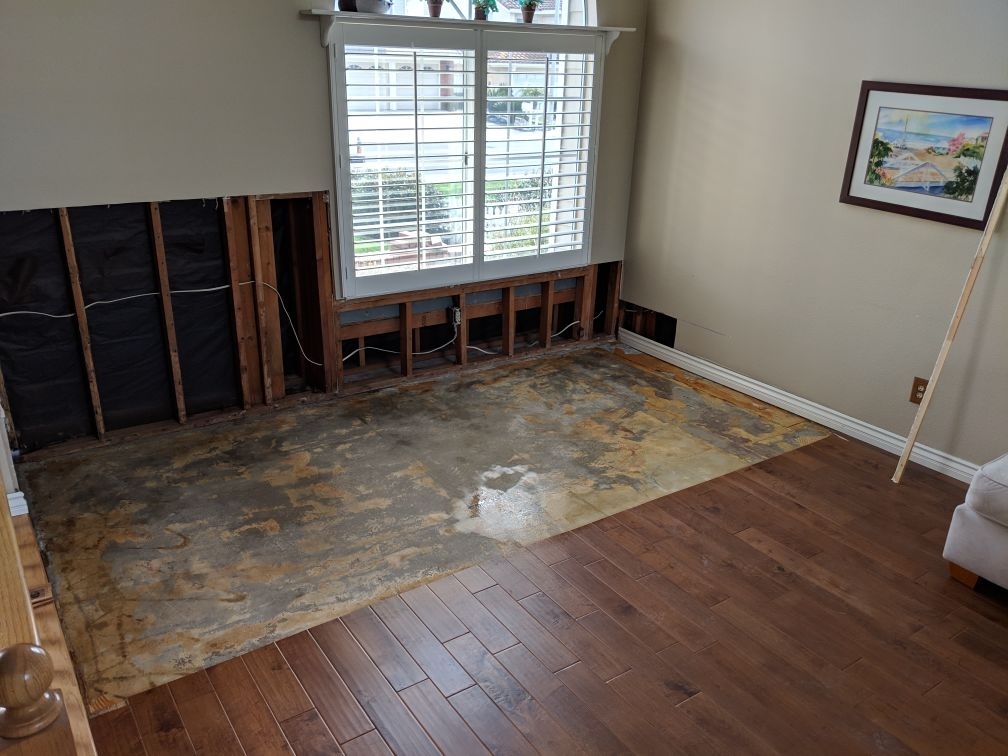Do's & Don'ts of Water Restoration.
Do's & Don'ts of Water Restoration.
Blog Article
We have unearthed this great article on Preventing Fires and Water Damage In Your Home directly below on the net and concluded it made good sense to discuss it with you on this page.

Water provides life, water breach on components where it's not supposed to be can result in damage. Houses with water damages scent moldy and also old.
Water can come from several sources such as tropical storms, floods, ruptured pipelines, leaks, as well as drain issues. In case you experience water damages, it would be excellent to recognize some safety precautions. Here are a couple of guidelines on just how to take care of water damage.
Do Prioritize Home Insurance Policy Protection
Water damage from flood as a result of hefty winds is seasonal. You can likewise experience an unexpected flood when a faulty pipeline unexpectedly breaks right into your residence. It would be best to have house insurance coverage that covers both disasters such as natural tragedies, and also emergency situations like busted plumbing.
Do Not Fail To Remember to Turn Off Energies
In case of a catastrophe, especially if you stay in a flood-prone area, it would be suggested to switch off the main electrical circuit. This removes power to your whole residence, stopping electrical shocks when water comes in as it is a conductor. Do not fail to remember to turn off the primary water line shutoff. When floodwaters are high, furnishings will certainly move around and trigger damage. Having the primary shutoff turned off avoids additional damage.
Do Keep Proactive and Heed Climate Signals
Pay attention to emptying cautions if you live near a lake, river, or creek . Doing so lowers possible property damages.
Don't Ignore the Roof
Before the weather condition turns frightful, make sure you have a roofing inspection. In fact, it would certainly be prudent to receive this solution annually as it can reduce intricate concerns. You can prevent rain damage if there are no openings as well as leaks in your roofing. Your contractor will certainly likewise deal with malfunctioning seamless gutters or any other signs of weakening. This will stop water from flowing down your wall surfaces as well as soaking your ceiling.
Do Take Note Of Little Leakages
A ruptured pipeline doesn't take place overnight. You might discover bubbling paint, peeling off wallpaper, water touches, water discolorations, or leaking noises behind the walls. Have your plumbing repaired prior to it results in huge damage.
Don't Panic in Case of a Ruptured Pipe
Keeping your clearheadedness is vital in a time of dilemma. Worrying will only compound the trouble due to the fact that it will stifle you from acting quickly. Timing is essential when it comes to water damage. The longer you wait, the even more damage you can expect. Thus, if a pipe bursts in your house, promptly turned off your major water valve to remove the source. After that disconnect all electric outlets in the location or shut off the circuit breaker for that part of your house. Lastly, call a credible water damage repair professional for assistance.
Water offers life, water intrusion on components where it's not intended to be can result in damages. Houses with water damage odor mildewy as well as old.
Water damage from flood dues to heavy winds is seasonal. You may see gurgling paint, peeling wallpaper, water touches, water discolorations, or dripping audios behind the wall surfaces. When it comes to water damages, timing is key.
Some Do's & Don't When Dealing with a Water Damage
DO:
Make sure the water source has been eliminated. Contact a plumber if needed. Turn off circuit breakers supplying electricity to wet areas and unplug any electronics that are on wet carpet or surfaces Remove small furniture items Remove as much excess water as possible by mopping or blotting; Use WHITE towels to blot wet carpeting Wipe water from wooden furniture after removing anything on it Remove and prop up wet upholstery cushions for even drying (check for any bleeding) Pin up curtains or furniture skirts if needed Place aluminum foil, saucers or wood blocks between furniture legs and wet carpet Turn on air conditioning for maximum drying in winter and open windows in the summer Open any drawers and cabinets affected for complete drying but do not force them open Remove any valuable art objects or paintings to a safe, dry place Open any suitcases or luggage that may have been affected to dry, preferably in sunlight Hang any fur or leather goods to dry at room temperature Punch small holes in sagging ceilings to relieve trapped water (don't forget to place pans beneath!); however, if the ceiling is sagging extremely low, stay out of the room and we'll take care of it DO NOT:
Leave wet fabrics in place; dry them as soon as possible Leave books, magazines or any other colored items on wet carpets or floor Use your household vacuum to remove water Use TV's or other electronics/appliances while standing on wet carpets or floors; especially not on wet concrete floors Turn on ceiling fixtures if the ceiling is wet Turn your heat up, unless instructed otherwise

Do you really like more info about Keeping Your Home Safe This Holiday Season? Post a short review further down. We will be interested to listen to your insights about this blog. Hoping that you visit us again in the future. Those who enjoyed our blog post please don't forget to share it. We appreciate reading our article about Ways to Reduce The Risk Of Fire And Water Damage.
Report this page